
29 minute read
PROFESSOR NIGEL SCRUTTON FRS
FUTURE BRH DIRECTOR
This has been a year like no other experienced in recent times. The impact of the Covid 19 pandemic has been felt in many ways, sadly for some through personal loss and for many with on-going challenges imposed by an ever-changing situation. It has been a bumpy ride. That said, this difficult time has also emphasised the resilience and fortitude of staff and students alike, in adapting to newly ‘enforced’ work environments, the need to meticulously plan operations throughout the working day, and to communicate using a variety of online meetings and digital media platforms. Put simply, thinking outside the norm has become the new norm.
Advertisement
These new ways of working have ensured that the impact of any ‘bumps’ are lessened. The hope is that ultimately, we can navigate successfully away from the problems of 2020-21. In doing so, I offer my heartfelt thanks to all staff and students who have worked tirelessly to keep Future BRH operational (in the Hub and the Spokes), to external partners who have continued to engage, and to wider University staff who have ensured that laboratories, buildings and support processes have remained operational as best they could. Thanks also to UKRI (EPSRC and BBSRC) who have continued to support our activities.
THE HUB IS ACCELERATING THE DELIVERY OF CHEMICALS BIOMANUFACTURING IN THE UK
Given these challenges, I am both grateful and relieved to report that Future BRH has had a successful year. New partnerships with industry colleagues have been secured and industry-funded projects initiated; exciting papers and patents have emerged from the Future BRH portfolio of work; some of our fellows have secured more senior positions as part of their career progression; members of the academic team have received accolades and wider recognition of their work. Future BRH has also recruited new fellows to replace those who have gone on to develop their own careers in academia and elsewhere. These new fellows will further energise the team and establish new capabilities in the Hub backed by major investments in new equipment and laboratory infrastructure.
My thanks go to all Future BRH staff and students for the tremendous work they have put in this year under very difficult circumstances. The success of Future BRH is very dependent on the support and engagement of all stakeholders. As we aspire to build back better following the global pandemic there has never been a better time to engage with Future BRH. I hope that as we begin to return to some level of ‘normality’ in our working lives we can extend the reach of the Hub to new partners, and to accelerate the Clean Growth aspirations of the UK Government in the areas of biomanufacturing.
HARNESSING UK STRENGTHS IN BIOMANUFACTURING
PHARMACEUTICALS VALUE-ADDED CHEMICALS ENGINEERING MATERIALS
ADVANCED SYNTHETIC FUELS
The Future BRH aims to provide innovative technologies that accelerate the delivery of economically attractive, robust and scalable biomanufacturing processes to meet societal and commercial demand. To achieve this the Hub is working to speed up the delivery of new biocatalysts, provide robust industrial host strains and novel production technologies that will enable rapid transition from proof-of-concept to manufacturing at scale.
The strategy of the Future BRH has been to address the entire manufacturing lifecycle, by considering aspects such as scale-up, process intensification, continuous manufacturing, and integrated and whole-process modelling alongside more fundamental work on biocatalyst engineering.
Through a diverse portfolio of projects (see Scientific Focus) the Hub is addressing the Grand Challenges of accelerated biocatalyst engineering for biomanufacturing and realising the value of industrial biotechnology (IB) at scale. Co-development of the research across the Hub and Spokes is providing a deeper understanding of the challenges and harnessing the interdisciplinary capabilities.
By utilising the power of biology through innovative industrial biotechnology, the Future BRH is supporting the development of safer, cleaner and greener manufacturing supply chains. These processes are enabling the emergence of a Bioeconomy that will place the UK at the forefront of global economic Clean Growth in key manufacturing sectors: pharmaceuticals, value added chemicals, engineering materials and advanced synthetic fuels.
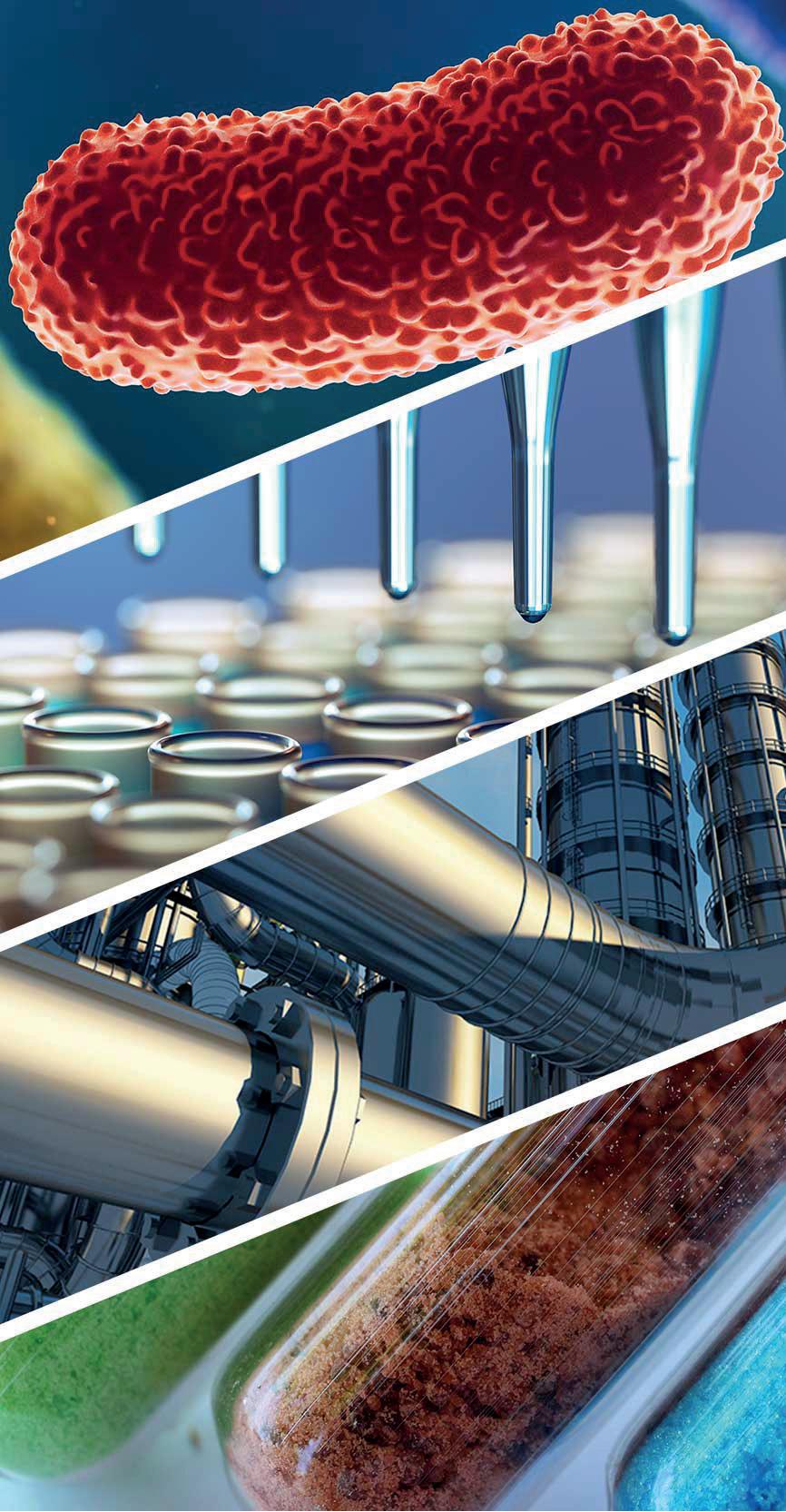
The Future BRH is tackling a range of projects that address the two Grand Challenges faced by biomanufacturing of Speed and Cost. Over the past year, we have extended our early projects into cohesive programmes of work that extend across the Science portfolio (see pages 8-15) from enzyme discovery and biocatalyst engineering, host strain engineering, continuous flow and scaled batch fermentation through to downstream processing and techno-economic assessment and broader consideration and implementation of Responsible Research and Innovation practices.
Online executive management meetings have strengthened the collaboration across the Hub and Spoke partners and monthly Science Board meetings have provided a much-needed interdisciplinary platform to discuss projects in detail. Whilst a couple of our research team have moved on to academic and industry positions we look forward to welcoming new members and extending our collaborations.
Extensive dialogue with industry in Year 2 (see pages 16-19) has seen the development of our core membership and collaborative programmes. Despite limitations imposed due to COVID-19, we have participated in online conferences, held workshops and webinars and used alternative forums for public engagement to broaden the reach of the Future BRH.
SPEED
BIOCATALYST ENGINEERING
HTP ANALYTICAL PLATFORMS
COST
CONTINUOUS FLOW AND IMMOBILIZATION HOST STRAIN ENGINEERING
IN VITRO SYSTEMS
TECHNOECONOMICS
SCALED BATCH AND FLOW FERMENTATION
PHARMACEUTICALS
VALUE-ADDED CHEMICALS
ENGINEERING MATERIALS
ADVANCED SYNTHETIC FUELS

The Future BRH is tackling two core Grand Challenges that need to be overcome to deliver sustainable and cost-effective biomanufacturing: accelerated biocatalyst engineering for biomanufacturing (Speed) and realising the value of industrial biotechnology at scale (Cost). These are underpinned through a number of technology focused Platform Research programmes.
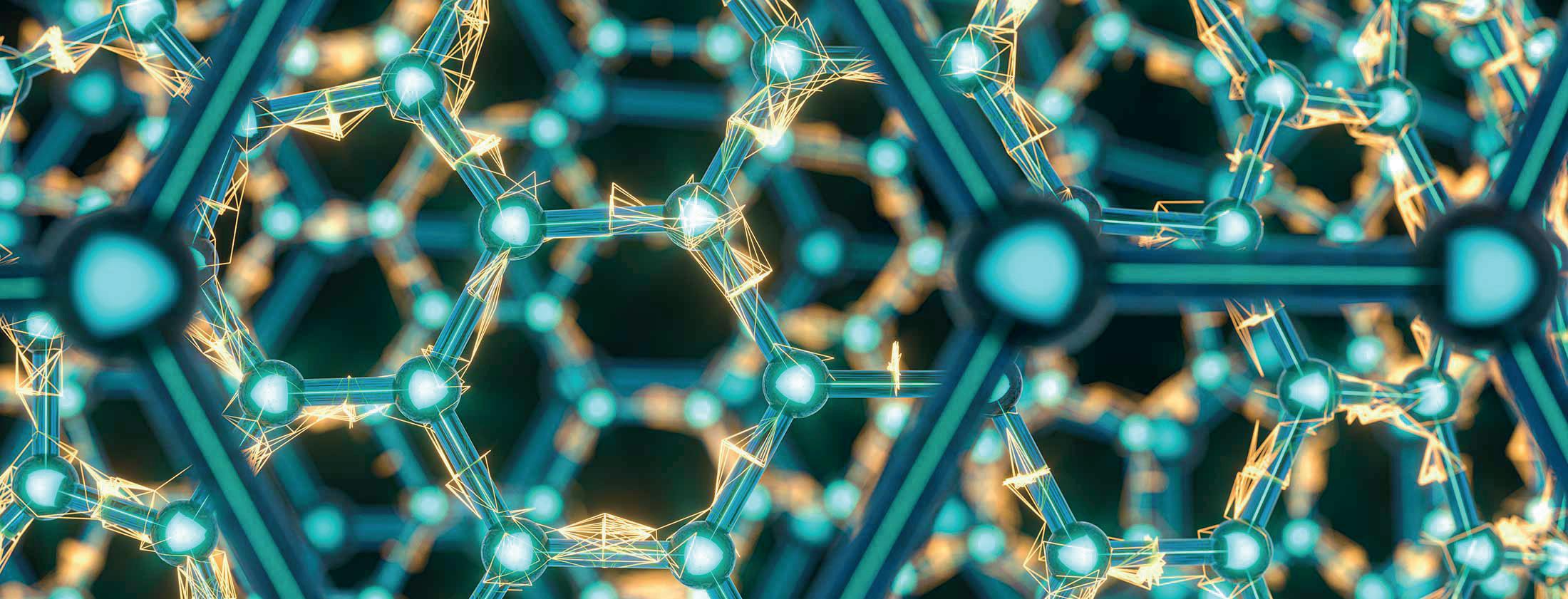
GRAND CHALLENGE 1 (GC1): ACCELERATED DEVELOPMENT AND INTEGRATION OF BIOCATALYST ENGINEERING
The potential impact of Industrial Biotechnology on industrial processes is currently limited by the rate of enzyme engineering, hampering their widespread application in biomanufacturing supply chains. A major Future BRH grand challenge is to increase the speed of enzyme optimisation and to engineer biocatalysts up to an order of magnitude faster than the current industrial time frame.
In order to speed up the evolution and optimisation of enzymes, development of predictive engineering and automated high throughput methods are required, not only for the generation of enzyme variants but also in terms of the analytical screening processes and the necessary informatics to develop design rules and machine learning (ML) to inform iterative redesign.
MONOTERPENES
Harnessing considerable prior knowledge in the field of monoterpenes, an initial Future BRH focus has been to set up these techniques and associated directed evolution (DE) tools for the evolution of bacterial terpene synthases. Monoterpenoids are industrially important natural products with applications in the flavours, fragrances, fuels and pharmaceutical industries.
Synthetic biology offers an attractive alternative route to biomanufacturing monoterpenoids compared to their extraction from natural sources or through chemical synthesis. Biomanufacturing relies on the availability of robust enzymes to produce single target compounds. Plant monoterpene synthases are often unstable when expressed in bacterial hosts and produce product mixtures because of their catalytic promiscuity. Future BRH is working on the directed evolution of recently discovered bacterial terpene synthases, coupled to computational work to explore terpene cyclisation towards designer terpene synthases and pure terpenoid products (e.g. (S)- and (R)-limonene).
INDUSTRIALLY RELEVANT POLYMERS
The global market is shifting towards a circular and more sustainable economy, and legislation on restricted use of single-use plastics and the promotion of bio-based products has accelerated the adoption of Industrial Biotechnology in manufacturing processes. Industrially relevant biodegradable polymers, including thermoplastic elastomers (shape-memory polymers), and pressure-sensitive adhesives, are composed of lactone monomers.
A number of (S)-limonene derived monoterpenoids produced by Mentha species can be converted into lactone monomers via the action of Baeyer-Villiger Monooxygenases (BVMOs). Future BRH is currently optimising enzymes in order to engineer bacteria to utilise waste streams for the sustainable production of lactone-based biopolymers from monoterpenoid precursors at g/L scale, and to overcome product toxicity by engineering product tolerant host strains.
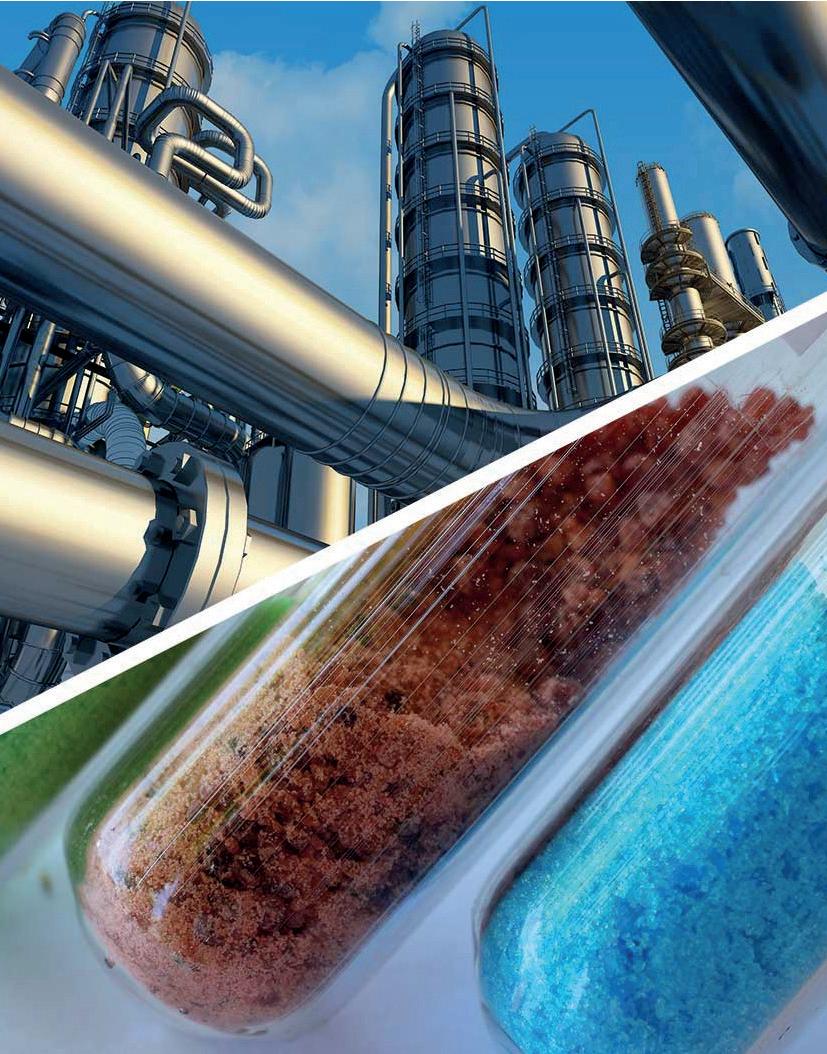
BIOCATALYSIS & ENZYMOLOGY
Increasing the stability and operating parameters of enzymes will increase their use in biorefinery and biomanufacturing processes. Future BRH is developing new methods of stabilising industrially relevant redox enzymes that operate at high electrochemical potentials (peroxidases, oxygenases and dioxygenases). Current foci are the lytic polysaccharide monooxygenases (LPMOs), which depolymerise crystalline polysaccharides and are used in enzyme cocktails for feedstock deconstruction. Bioinformatics approaches are being used to identify protective redox pathways in these enzymes in order to generate variant enzymes with increased stability to oxidative damage.
With the climb in global energy demands and a reduction in the finite fossil fuel resources, alternative methods of producing energy must be conceived, developed and brought to market. Biofuels/Advanced Synthetic Fuels offer an alternative to the use of non-renewable energy resources. Utilising synthetic biology and protein engineering methods, Future BRH is exploring a number of approaches to produce drop-in next generation fuels. Enzymatic decarboxylation of fatty acids is one such approach offering viable routes to the production of fuels at an industrial scale. Future BRH is using directed evolution approaches to overcome some of the limitations of currently available decarboxylase enzymes to enable their use in biocatalytic and metabolic engineering programmes for fuels production.
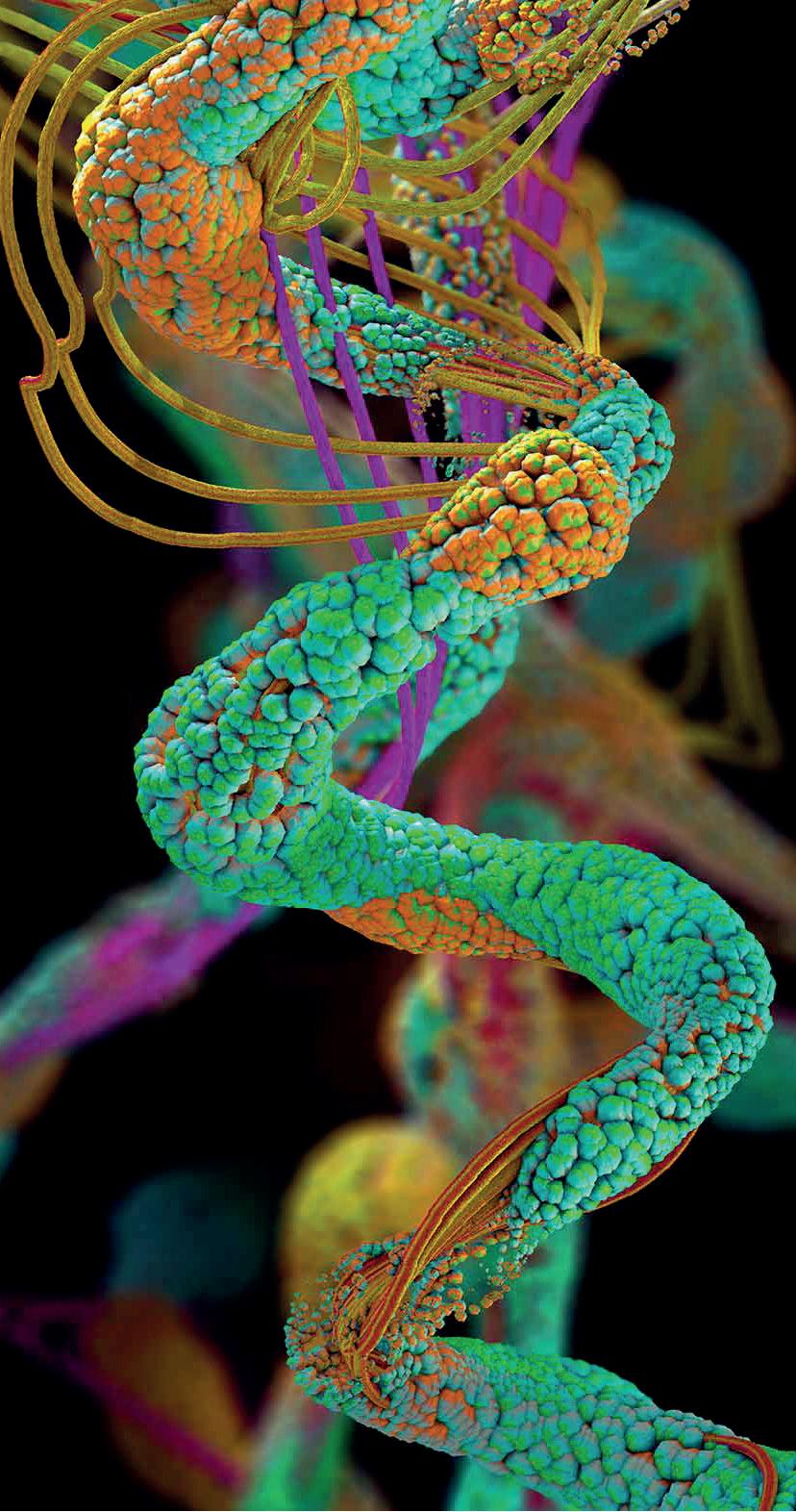

AN AUTOMATED DIRECTED EVOLUTION PLATFORM
Future BRH is working closely with the Royce Institute (www.royce.ac.uk) which has supported major new equipment infrastructure in the Manchester Future BRH laboratories (automation platform, HPLC analytics and next generation sequencing, HTP colony picking, £2.1M) to address the speed of enzyme discovery and engineering for advanced biomanufacturing. The Thermo Fisher Scientific automation platform (installed August 2020) integrates acoustic and pipette-based liquid handling robots with a variety of instruments: plate sealers/de-sealer/washer and reader; centrifuges; thermocyclers (PCR) and incubators which support fully automated experimental workflows. In collaboration with SYNBIOCHEM researchers (www.synbiochem.co.uk), Future BRH is now setting up protocols and directed evolution (DE) workflows for fully automated enzyme engineering that allows integrated variant library generation, enzyme expression and rapid product extraction and verification.
To establish workflows, develop the automated pipelines and demonstrate the platform’s capability, Future BRH is targeting a number of enzymes required for the bioproduction of pharmaceuticals and fine chemicals. The platform will also carry out a number of automated synthetic biology protocols to support microbial strain engineering.
A High-Throughput (HTP) Design/Build/Test/Learn cycle is being employed, combining rational in silico design and DE to establish a fully automated data-driven process. Smart libraries are being screened using Future BRH’s versatile HTP analytics suite, and Next Generation Sequencing (NGS) to generate large sequence-activity datasets, and to create models to predict enzyme activity directly from derived amino acid sequences using Machine Learning (ML). These data sets improve understanding of protein sequence-activity relationships, supporting predictability for design, and reducing lead times for the identification of optimised enzyme variants.
Collaborative projects with Henry Royce Institute materials scientists are focussed on the Rapid Discovery and Engineering of Advanced Materials from Biology and include:
• Sustainable routes to advanced materials • End of life degradation and recycling • Next generation bio-inspired materials
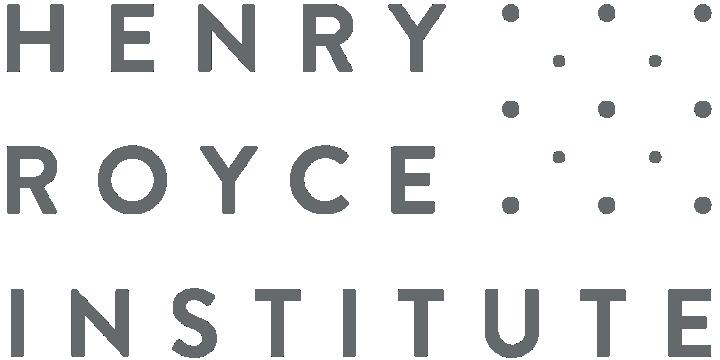
HIGH-THROUGHPUT ANALYTICAL SCREENING
Generation of large variant libraries using automated methods will create an analytical bottleneck. Alongside plate based colorimetric screening assays and HPLC methods, Future BRH is developing fast and reliable advanced spectroscopic assays for different enzyme classes focusing on mass spectrometry (MS) as a label-free technology. New methods for semi-quantitative analysis of sample-chip arrays using Desorption Electrospray Ionization (DESI) mass spectrometry are being developed to allow initial ultra-HTP screening followed by targeted quantitative measurements of positive samples.
GRAND CHALLENGE 2 (GC2): REALISING THE VALUE OF INDUSTRIAL BIOTECHNOLOGY AT SCALE
To implement biomanufacturing at scale it is essential to change the economic reality of scaling-up bio-based processes by addressing the entire manufacturing lifecycle, considering aspects such as downstream processing, process intensification, continuous manufacturing and whole-process modelling from the outset.
CONTINUOUS FLOW AND ENZYME IMMOBILISATION
In many cases, improved biocatalyst reactions can be obtained in flow configurations. These often have better space-time yields, reduced product/substrate inhibition, improved biocatalyst stabilities and increased safety of operation. Specific biocatalyst formulation is often required to support the establishment of such efficient production systems.
ENZYME IMMOBILISATION
Immobilisation of enzymes onto porous scaffolds can improve their activity, stability and recyclability, and use in efficient continuous-flow bioreactors. However, the current generation of porous scaffolds and immobilization methods are prohibitively expensive for large-scale biomanufacturing and their use often leads to loss of activity and persistent enzyme leeching. In order to increase stability (e.g. resistance to changes in conditions such as pH or temperature), enhance biocatalyst properties and recovery/recycling for scale up, Future BRH has been exploring alternative enzyme immobilisation methods that could challenge established protocols to provide inexpensive and renewable scaffolds. For example, projects have explored the potential of DNA nano-scaffolds (in partnership with FabricNano) and sphere-on-sphere silica scaffolds. Wood-derived cellulose scaffolds for continuous flow biocatalysis: To reduce the cost of continuous flow biocatalysis Future BRH has developed novel, low-cost enzyme immobilisation scaffolds based on porous cellulose obtained from wood. These cellulose scaffolds have been produced by de-lignification of wood (Kraft process) and configured to work with several enzyme immobilisation methodologies.
Following exemplification, a Patent has now been filed and discussions with industry are underway to take this forward in new biomanufacturing opportunities in partnership with Future BRH.
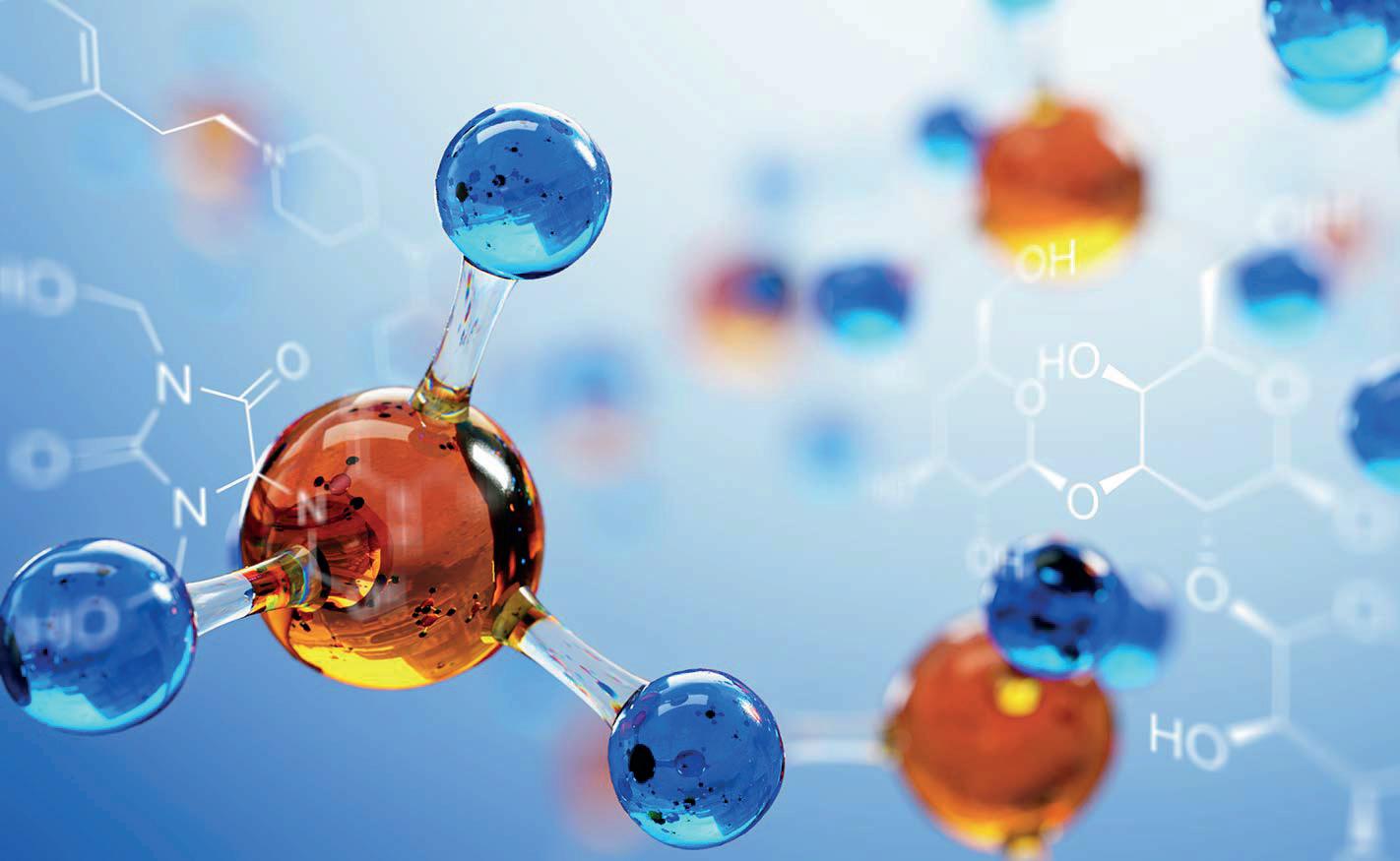

DEVELOPMENT OF MINIATURISED CONTINUOUS-FLOW ENZYMATIC REACTORS
Reactor miniaturization is an enabling technology for the continuous production of many valuable pharmaceuticals and chemicals. Continuous-flow biocatalysis conducted at small scale offers significant advantages over its large-scale counterpart (e.g. improved control over reaction conditions, fast transport phenomena, and high space-time yields). The increase in efficiency along with potential waste minimization, can lead to rapid development of cleaner processes with lower overall costs.
Future BRH fellow Bajić (based at the UCL spoke) is developing modular and reusable packed-bed microreactors for the enzymatic synthesis of value-added chemicals. “To exploit the power of enzymes and enable sustainable biomanufacturing”, he explains, “it is crucial to put effort into the development of modular microfluidic systems that can be reconfigured to mimic both individual unit operations and entire process trains”.
Bajić believes the Future BRH provides a great platform for the expansion of microfluidics platforms towards other relevant technologies that comply with the vision of green biomanufacturing. “Collaboration between the Hub partners with diverse and complementary backgrounds makes a fantastic opportunity for making our research dreams a reality”, he says.
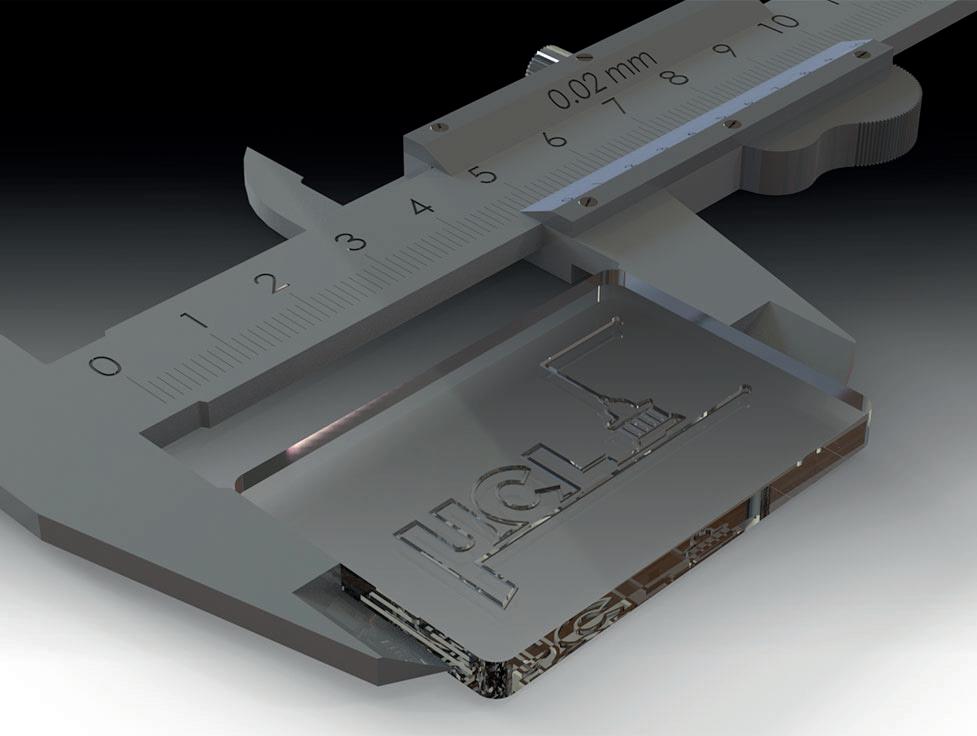
Image: Illustration of a glass microfluidic chip highlighting the logo of Microfluidic Lab, UCL Department of Biochemical Engineering (© Marijan Bajić)
HOST STRAIN ENGINEERING
Establishing robust, agile and cost-effective industrial host strains able to utilise multiple feedstocks is essential and at the core of sustainable biomanufacturing processes.
INDUSTRIAL HOSTS
Future BRH is developing halophilic microbial strains as chemicals and materials biomanufacturing production hosts. This is interfaced with synthetic biology capabilities through collaborations with the SYNBIOCHEM Centre (see below). Halophilic microbial strains offer major advantages – they are able to tolerate non-sterile conditions thereby minimising capital and operational expenditure for a given process, and they can utilise a range of abundant feedstocks.
The synthetic biology Design/Build/Test/Learn pipeline developed for E coli (SYNBIOCHEM) is being modified for use with halophilc microbial organisms to provide a range of regulatory parts in Future BRH. Future BRH has engineered halophiles to biosynthesise monomers for industrial materials (e.g. mandelic acid and hydroxymandelic acid) and to work with widely available industrial feedstocks using pathway engineering and laboratory adapted evolution approaches.
HALOPHILE ENGINEERING TOOLBOX
A toolbox approach is being developed to support, amongst others, multicopy gene insertions (chromosomal integration) and CRISPR/Cas9 editing methods. These methods are being used to build new pathways for enhanced feedstock utilisation and for target compound production. Development of key pathway production strains through use of ‘booster’ plasmids and selective gene knock-outs has also been a focus. These are being implemented in the production of butadiene, styrene and related products (plastics and artificial rubber manufacture), and free fatty acids (platform chemicals and precursors of aliphatic hydrocarbons for fuels). Scaled production of selected targets is now being pursued in Future BRH in collaborations with SYNBIOCHEM and through partnerships with industry.


MULTI-OMICS PLATFORMS
To gain a deeper understanding of Halomonas as an industrial strain, Future BRH is undertaking a combined systems level study of its genomics, transcriptomics and proteomics under different conditions. Future BRH is also collaborating with SYNBIOCHEM in the area of metabolomic profiling. This year Future BRH has collaborated with Chalmers University and Tsinghua University to gain insight into Halomonas metabolism through modelling. This international collaboration will provide new models from which to better understand microbial strain engineering for the production of chemicals and materials.

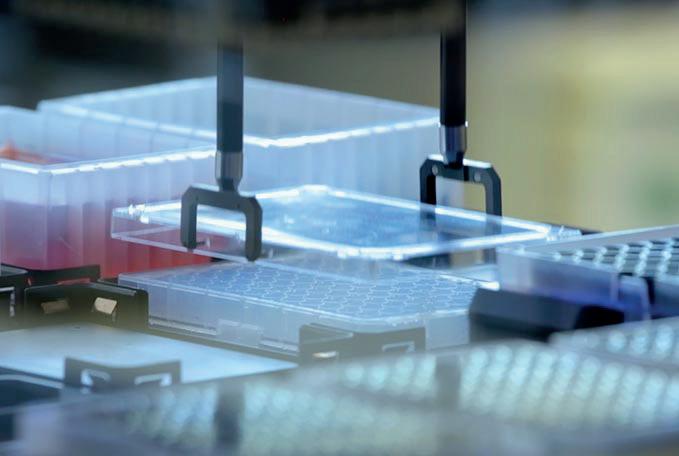
BASE STRAIN DIVERSIFICATION
SYNBIOCHEM Centre has engineered multiple chemicals production pathways in E. coli including those for the biosynthesis of alkaloids. This year Future BRH has collaborated with SYNBIOCHEM to extend the use of these base strains to enable the enzymatic synthesis of natural and semi-synthetic morphinan alkaloids. These compounds are important constituents of commonly prescribed analgesics and cough suppressants. Future BRH / SYNBIOCHEM is undertaking a hybrid approach: the power of synthetic biology is first used to enable production of gateway intermediates from widely available feedstocks; these intermediates are then used with the precision and scalability of biocatalysis for the biomanufacturing of morphinan alkaloids and semi-synthetic derivatives.
The current approach is allowing expansion of natural product diversity by selective use of alternative enzymes with selected gateway intermediates. The long-term goal is to expand this type of approach in which platform precursors obtained by fermentation using widely available feedstocks are then used in enzymatic cascade reactions to biomanufacture important medicines or other products.
SYNBIOCHEM: SYNTHETIC BIOLOGY RESEARCH CENTRE for fine and speciality chemicals production
The Future BRH is working closely with the Manchester based SYNBIOCHEM Centre, which is a globally significant BioFoundry for the biosynthesis and sustainable production of fine and speciality chemicals. Find out more by visiting: www.synbiochem.co.uk
Manchester Synthetic Biology Research Centre for Fine and Speciality Chemicals
SCALED BATCH AND FLOW FERMENTATION
An advantage of flow chemistry is that it offers ease of integration of analysis of reactions. This can be taken advantage of in several ways, including the monitoring of unstable intermediates and continuous real-time data collection without interrupting the target reaction. Continuous data collection can also be used to feed self-optimisation algorithms, which can reduce time and staffing required to optimise reactions.
In a collaborative project, Future BRH is investigating self-optimising biocatalytic reactions using an important transaminase biocatalyst used widely in large-scale industrial processes. In a similar vein, Future BRH is exploring the production of N-vinyl lactams, which are high value monomers for polymers preparation. Current manufacturing methods use high pressure reaction conditions and metals: Future BRH is seeking to optimise new reaction conditions, using enzyme immobilisation and reaction transformation from batch to flow.

Process development requires detailed understanding of process economics and downstream processing in addition to the chemicals generation platforms (biocatalysis or fermentation platforms). Embedded in all Future BRH programmes is expertise in downstream processing (DSP) and technoeconomic analysis (TEA) which is required from concept through to design and testing to highlight cost bottlenecks, cost-effective titre ranges and environmentally friendly process design. These activities run across the Hub and Spokes structure, involving collaborations with Nottingham University and University College London, as well as IBiolC and CPI.
DOWNSTREAM PROCESSING
Since downstream processing (DSP) at scale can account for up to 70% of production costs, early consideration of the DSP steps required to remove contaminants (e.g. process related impurities from cell growth media, cellular debris, fermentation bi-products etc) and purify final products is essential if lab scale production is to become a commercial success. Working with some of our early chemical targets the Future BRH has been developing and testing scaled-down DSP methods for isolation and purification.
Polymandelic acid (PMA) is a thermoplastic with polystyrene-like properties, which can be thermally degraded for recycling. Chemical synthesis of Mandelic Acid (MA) from petroleum-derived feedstocks is environmentally unsustainable and bioproduction of enantiopure MA from renewable feedstocks would further improve the green credentials of novel PMA materials. However, bioproduction of MA presents a challenge due to its biotoxicity and its extraction is hindered by high water solubility.
Having achieved small-scale prototyping production of MA in E. coli and Halomonas, the Future BRH is working with SYNBIOCHEM to increase production titres, scaling up to 20L fermenters to solve DSP challenges such as increasing filtration speeds, reducing emulsion formation and identifying ‘green’, cost-effective methods for extraction and purification. The technical viability of the DSP is being fed into TEA (below) to understand the financial feasibility and identify potential bottlenecks for scaled-up production.

TECHNO-ECONOMIC ANALYSIS
Based on conceptual process design and realistic biological, chemical and engineering assumptions, techno-economic analysis (TEA) is a crucial part of bioprocess development that provides an estimate of production and capital costs alongside environmental impact (e.g. carbon footprint), thereby quantifying the investment opportunity of a given process at commercial scale.
Within Future BRH a model framework has been created for volatile/semi-volatile, toxic, non-electrolyte extracellular compounds and work is progressing towards encompassing non-volatile, electrolyte extracellular compounds. The model framework provides a ±30% estimate of the investment case and the basis for further rigorous TEA analysis. Through this early exploration of TEA, we aim to integrate this knowledge into the development of our chemical targets and industrial hosts, combining whole cell synthetic biology and in vitro biocatalysis for optimum production.
This area of research benefits from rigorous TEA activities at spoke partner, University of Nottingham (Conradie).
RESPONSIBLE RESEARCH & INNOVATION
The scientific research portfolio of Future BRH is complemented by integrated work on Responsible Research and Innovation (RRI, in partnership with SYNBIOCHEM) that considers and anticipates possible environmental and societal impact of biomanufacturing processes from the outset.
SUSTAINABILITY ASSESSMENT
By working with members of the Faculty of Humanities (Shapira, UoM), the Future BRH is broadening its biomanufacturing analysis (TEA described above) to include Life Cycle Analysis and constructive sustainability assessments to ensure that the broader picture of societal impact is considered alongside economics at an early stage. This work also aims to validify the claims of ‘sustainability’ and ‘greener’ production where considerations of waste feedstocks, product recycling, and environmental and societal impact are important. An online workshop (02/02/2021, Hub, Spoke and Industrial partners) explored the development of integrated approaches for sustainability assessment.
Following RRI workshops the Future BRH fellows are trialling a sustainability assessment toolkit for on-going assessment of the science projects, feedstocks and target compounds. The idea is to create a traffic light system whereby projects can be quickly assessed as a starter for further, more in-depth deliberation.
RRI also includes deliberation of ethical, societal, regulatory and policy issues, and research on sustainable industrial systems and collaborative development with stakeholders (business, regulatory, policy and non-government organisations). We are working closely with our industrial partners to encourage the implementation of RRI frameworks.
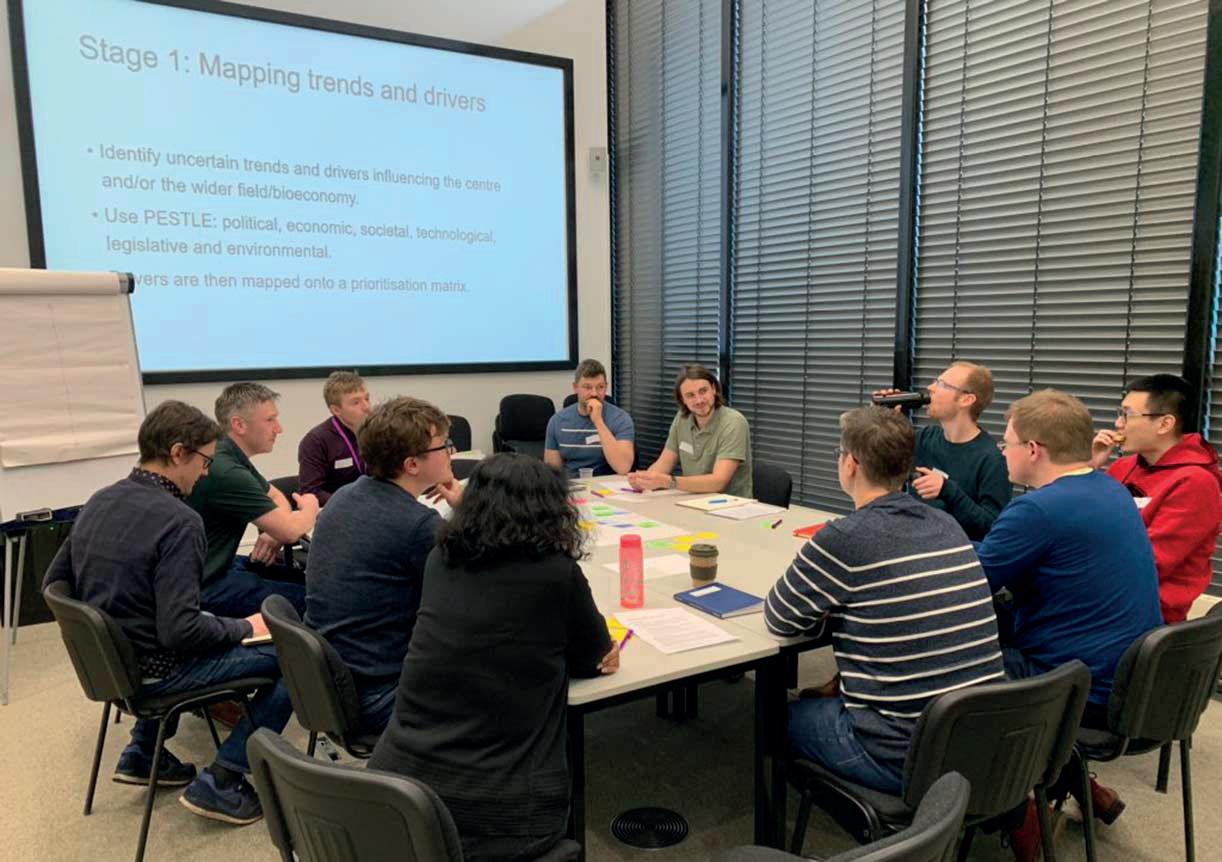
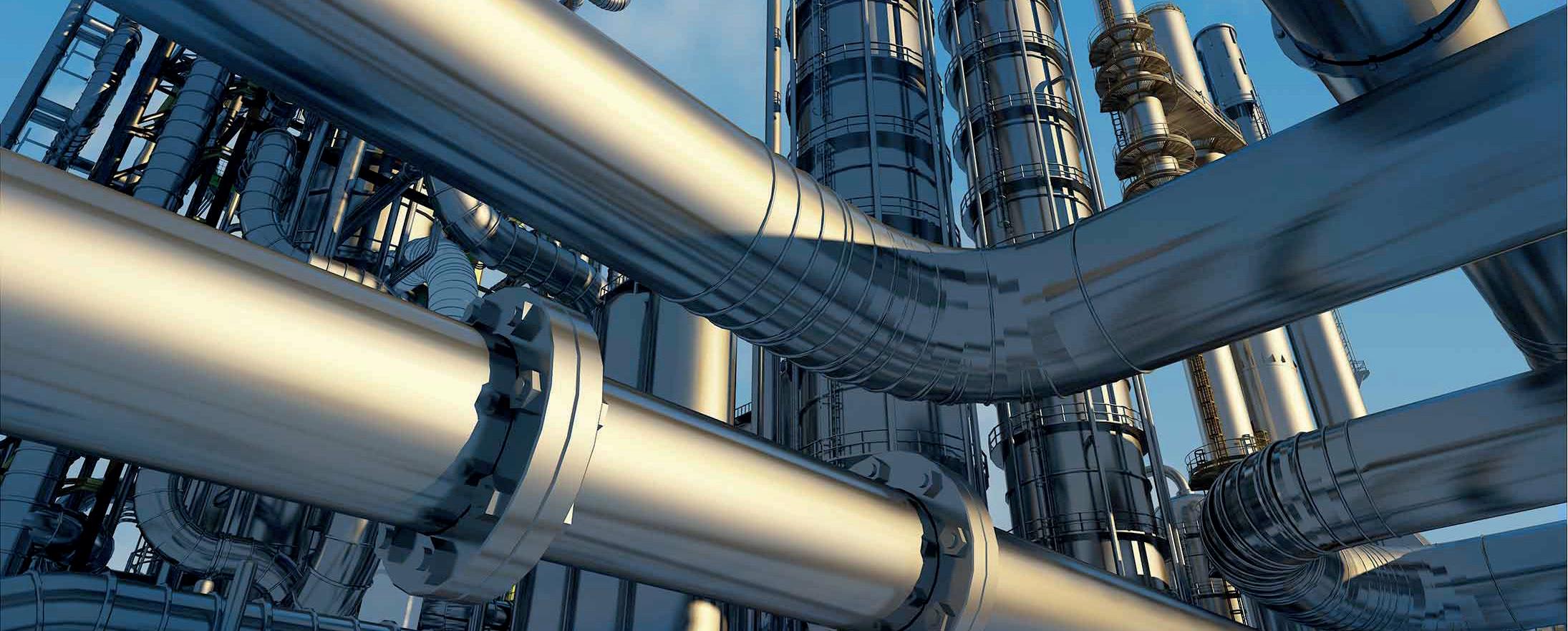
The Future BRH works closely with a number of industrial partners across a range of manufacturing sectors. Their input was crucial in informing the initial scope of the Grand Challenge and Platform research areas, and helps refine the research portfolio on an ongoing basis. There are two levels of industrial partnership: Core and Associate.
Core Partners are companies who are financially contributing to the Future BRH, with both cash and in-kind contributions. In return these Core Partners receive a range of benefits, including:
• A seat on the Industry Board to shape Future BRH research. • Early sight of the outputs of the Grand Challenge and Platform research programmes. • Access to platform technologies, equipment and scale-up facilities. • Knowledge Exchange opportunities. • Confidential research projects.
An overarching Core Partner Agreement between the Hub and Spokes and industry allows the confidential exchange of research ideas and outputs. The Core Partners can engage in research projects via two approaches:
• Community Projects are pre-competitive projects that are intended to benefit the wider Future BRH community. • Confidential Projects are commercially-sensitive research projects relevant to an industrial partner, or consortium of companies.
An on-going programme of engagement ensures Core Partners are able to input to the research agenda, with the Industry Board providing a more formal mechanism to select Community Projects and provide overall feedback.
DR KIRK MALONE – DIRECTOR OF COMMERCIALISATION
CURRENT CORE INDUSTRIAL PARTNERS

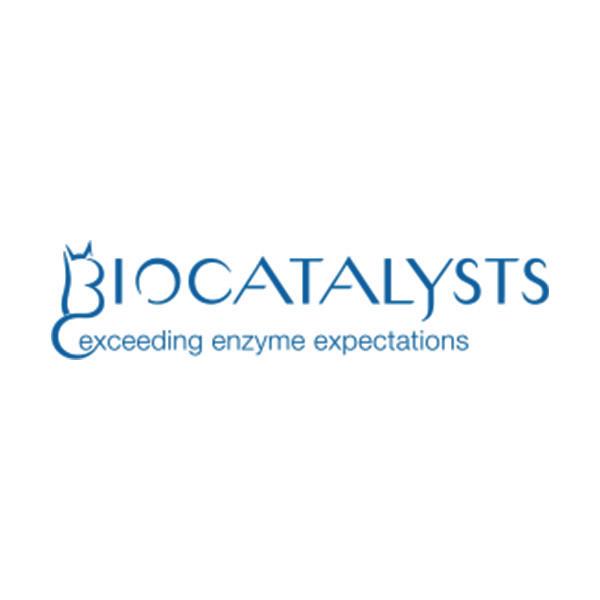


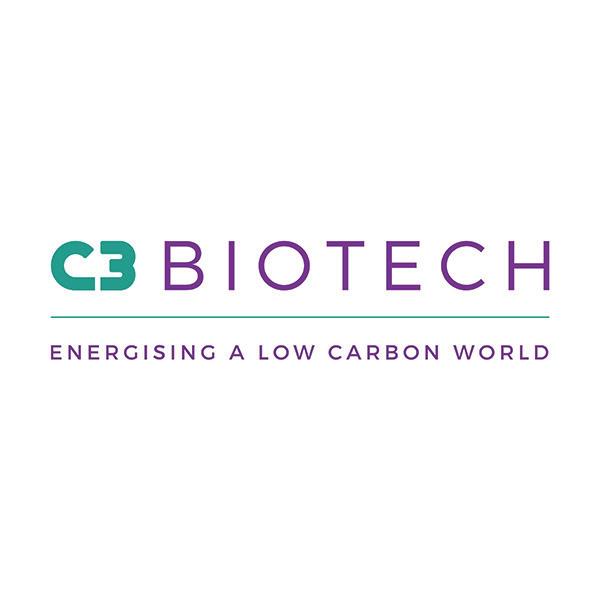
Associate Partnership is focused on scientific dissemination, with the aim being to inform a wider pool of companies of the benefits of biomanufacturing. Engagement is through direct communication (e.g. regular newsletters) and knowledge exchange through discussion and networking. Where appropriate, engagement has been though the writing of landscaping reports to signpost alternative biomanufacturing approaches. The aspiration is that members at this level will become Core Partners in due course.
WIDER ENGAGEMENT: PROMOTION OF BIOMANUFACTURING
In addition to the Hub’s Industrial Partners, the Future BRH team regularly engage with companies of all sizes to discuss the potential of utilising biomanufacturing in their businesses, or to highlight opportunities for commercialisation. The sectors we engage with are varied, and in the last year discussions and interactions have taken place with multiple companies.

COLLABORATIVE RESEARCH
Shell and the MIB have a long history of collaborative research, in recent years focussing on the development of novel (de)carboxylation biocatalysts. To further develop this relationship, Jeremy Shears (Chief Scientist, Shell) was recently made an Honorary Professor in Chemistry and will help shape the sustainability agenda of the Future BRH.
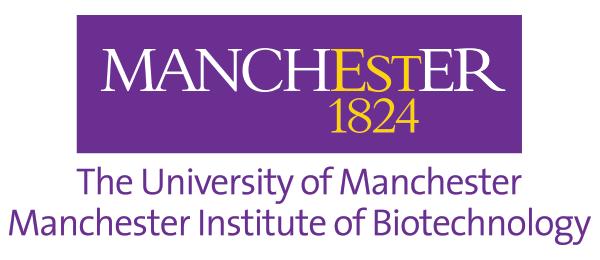
“I am proud that Shell has worked with the MIB for 14 years on a range of projects researching the production of low carbon fuels. Shell is delighted to be a Core Industrial Partner of the Future BRH, which has brought together a formidable range of academic and industrial organisations to accelerate low carbon biotechnologies. It is exciting to interact with some of the most innovative players in the UK bioeconomy and I am enthusiastic about the new technologies and insights that will undoubtedly result. As Honorary Professor in Chemistry at the MIB I am looking forward to providing guidance and support from an industrial perspective.” Prof. Jeremy Shears, FRSC, FRSB.
TECHNO-ECONOMIC ANALYSIS AND LIFE CYCLE ASSESSMENT
In collaboration with Johnson Matthey and Northumbria University, the Sustainable Process Technologies (SPT) Group at Nottingham has explored how manufacturing might diverge from a linear ‘take, make and waste’ paradigm towards sustainability using renewable resource flows.
Their study undertook a rigorous Techno-Economic Analysis (TEA) and Life Cycle Assessment (LCA) for the sustainable production of the commodity chemicals isopropanol and acetone from gasified Kraft black liquor (a renewable co-product from paper and pulp mills). Exploiting a heat integrated aerobic gas fermentation technology, the modelled supports a feasible techno-economic outcome, achieving negative greenhouse gas emissions within a cradle-to-gate LCA framework.
Rodgers, S; Conradie, A; King, R; Poulston, S; Hayes, M; Bommareddy, R R; Meng, F; McKechnie, J; Reconciling the Sustainable Manufacturing of Commodity Chemicals with Feasible Technoeconomic Outcomes. Johnson Matthey Technol. Rev., 2021, 65, (3), accepted. https://doi.org/10.1595/205651321X16137377305390
LANDSCAPING STUDIES
As part of the Future BRH’s mission to promote biomanufacturing, Research Fellow Dr. John Whittall has prepared a number of technical reports for Core and Associate Industrial Partners that outline how biotechnology might help the companies achieve their sustainability goals.
Associate Partner Victrex plc, a UK-based world-leader in PEEK and PAEK-based polymers, is fully aligned with the UN Sustainable Development Goals and has a keen interest in exploring the potential of sustainable materials as part of their carbon net zero aspirations. A series of engagement meetings led to a confidential report on “Bio-based High Performance Engineering Thermoplastics” that has helped inform Victrex’s strategy in this field.
“Engaging with the Future Biomanufacturing Research Hub has allowed Victrex to better understand the potential of biotechnology, and how it might be applied to the production of sustainable polymers” Dr. John Grasmeder, Chief Scientist, Victrex plc.

SCIENTIFIC MEETINGS
The Future BRH team have continued to meet regularly throughout the year, with over 110 virtual team meetings since the start of the COVID-19 pandemic. Engagement across the Hub and Spokes has involved monthly Science Board meetings with Executive management meetings providing strategic discussions.
The second Future BRH Annual Symposium (08/12/20) opened with a presentation from Karim Engelmark Cassimjee, CEO of EnginZyme, followed by academic talks on ‘A versatile biocatalytic platform for scalable therapeutic oligonucleotide manufacturing’ (Lovelock) and ‘Reconciling the sustainable manufacturing of commodity chemicals with feasible techno-economic outcomes’ (Conradie) with Research Fellow presentations on the challenges of enzyme engineering (Leferink), continuous biomanufacturing (Bajić) and downstream processing (Ní Cheallaigh).
A Future BRH Industry Board meeting (15/10/20) provide an opportunity to update our Core Industry Partners on progress, and enabled their feedback and steer on the research portfolio.
PUBLICATIONS
Members of the Future BRH team have published a total of 149 publications since the Hub began, these cover the breath of biomanufacturing with selected publications below.
SELECTED PUBLICATIONS - For a more detailed list of the Future BRH publications visit futurebrh.com/publications
• Amer M et al. (2020). Low carbon strategies for sustainable bio-alkane gas production and renewable energy. Energy
Environ. Sci., 13, 1818-1831 • Bommareddy RR et al. (2020). A sustainable chemicals manufacturing paradigm using CO2 and renewable H2. iScience, 23: 101218. • Cardoso Marques MP et al. (2021). Biocatalysis in continuous-flow microfluidic reactors. In: Advances in Biochemical
Engineering/Biotechnology. Springer, Berlin, Heidelberg. pp1–36.
• Finnigan W et al. (2020). Rapid model-based optimization of a two-enzyme system for continuous reductive amination in flow. Org. Process Res. Dev. 24: 1969–1977.
• Messiha Hanan L et al. (2021). A biological route to conjugated alkenes: microbial production of hepta-1,3,5-triene.
ACS Synth. Biol., 10: 228-235. • Rodgers S et al. (2021). Reconciling the sustainable manufacturing of commodity chemicals with feasible techno economic outcomes: assessing the investment case for heat integrated aerobic gas fermentation. Johnson Matthey
Technology Review, In press • Sun C et al. (2020). Techno-economic assessment of microbial limonene production. Bioresour. Technol., 300: 122666-73.
• Thompson MP et al. (2019). Biocatalysis using immobilized enzymes in continuous flow for the synthesis of fine chemicals. Org. Process Res. Dev., 23: 9-18.
ONLINE WORKSHOPS, CONFERENCES & PRESENTATIONS
Biotechnology of Brewing: Prof. Charlie Bamforth (Senior Quality Adviser for Sierra Nevada Brewing Company, and a Distinguished Professor Emeritus of the University of California Davis) gave an interesting and engaging presentation on the ‘Biotechnology of Brewing’ (17/07/2020).
Biotechnology: The Catalyst for a Sustainable Future: A New Statesman virtual panel discussion, chaired by Jon Bernstein, brought together policymakers and industry representatives to discuss biotechnology and the role of biomanufacturing in improving sustainability and collaboration with industries (15/07/2020). The event was complemented by a supplement within the New Statesman magazine ‘Biotechnology: A greener future’ that featured a double-page article ‘Biomanufacturing: a path to sustainable economic recovery’ written by Dr. Kirk Malone and Prof. Nigel Scrutton.
SynbiTECH2020: The Future BRH welcomed the opportunity to join SynbiTECH conference for synthetic biology research, commercialisation investment and policymaking (26-27/10/2020).
A TEA & Cup Cakes workshop presented by Dr Ian Archer from IBioIC provided an introduction to Techno-Economic Analysis (06 & 13/11/2020) prior to a deeper dive into TEA, Life Cycle Sustainability and Societal Analysis (02/02/2021) which explored the different perspectives from application of TEA in process scale-up (Alex Smith CPI); Life Cycle sustainability (Laurence Stamford, UoM) and integrative sustainability and responsibility (Philip Shapira, Adam McCarthy, Claire Holland and Nick Matthews).
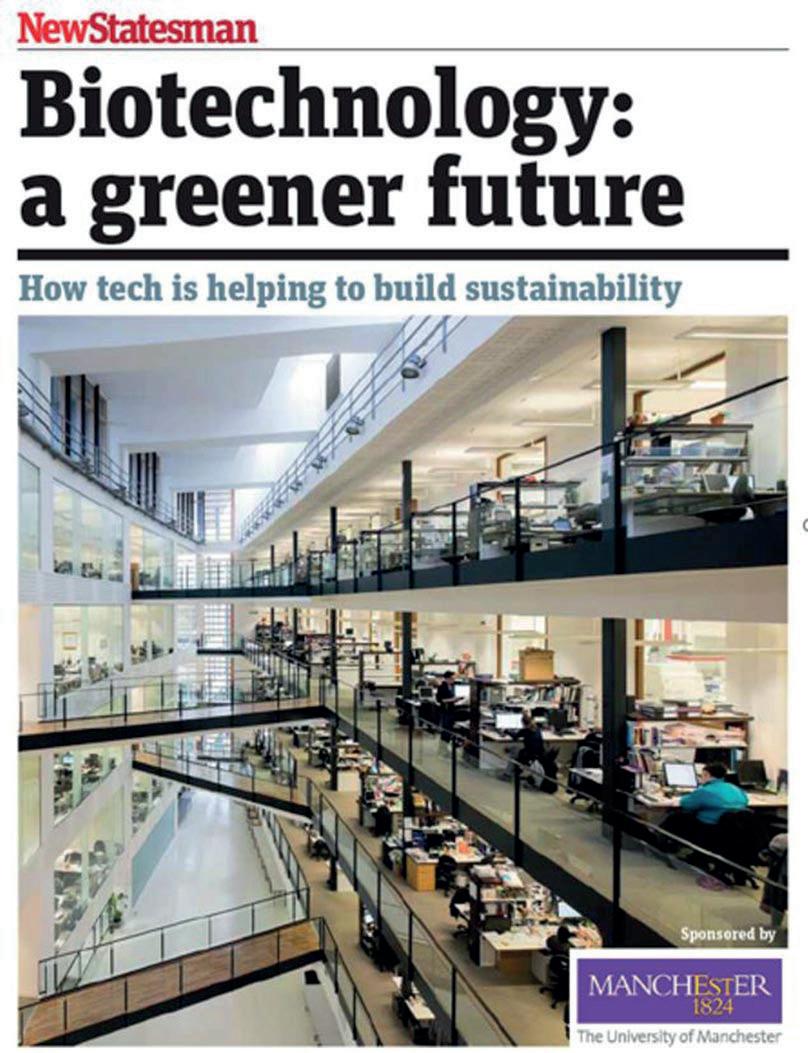
As part of the DigestConnect Series on BioChannel TV, Dr Patrick Rose of the Office of Naval Research Global and Future BRH Director Prof Nigel Scrutton gave a webinar on ‘Fuels from Seawater’. To listen to the discussion, visit BioChannel TV (https://video.ibm.com/recorded/128525699). Nigel also presented a webinar hosted by the UK Catalysis Hub Microbial cell factories – engineering biology for chemicals production (27/10/2020).
Dr Kirk Malone gave a presentation entitled ‘Next Generation Biomanufacturing for the Bio-Revolution: An International Opportunity’ at the ‘Canada’s Bio-Revolution Webinar Series’ hosted by Ontario Genomics in partnership with Policy Horizons Canada and SynBio Canada (03/12/2020).
TRAINING
Our Future BRH Research Fellows completed several short intensive online courses hosted by Future BRH Spoke partners UCL, which included: ‘Principles of Fermentation Processes’, ‘Rapid Fermentation Process Design’ and ‘Quality by Design for Effective Bioprocess Characterisation and Validation’. The Modular Training for the Bioprocess Industries (MBI) courses, are designed for professionals in the bioprocessing industry and provide ‘invaluable insights on the latest technical and regulatory developments’.
PUBLIC ENGAGEMENT
The Future BRH has continued to engage with a broad audience throughout the year through a variety of online media. Research Fellow, Cosgrove, contributed to the ‘I’m a Scientist ‘Stay @ home’ chemistry zone whilst Roberts provided a podcast on some of his research ‘How do we use spider silk’.

COVID-19
The events that unfolded at the beginning of 2020 were not something any of us could have planned for. Whilst the initial national lockdown completely halted all laboratory work for several months, Future BRH tried to lessen the impact on its activities. Communication was re-structured and working from home, online meetings, slack messaging and emails became the new norm. Our research team focused their attention on background reading, scoping new projects, computational based research and data analysis, and delivering publications.

A NEW WAY OF WORKING
The Manchester Institute of Biotechnology laboratories slowly reopened in July 2020 with a host of risk assessments, social distancing, cleaning routines, and a rota system maintaining reduced occupancy. Whilst the researchers have learnt to live with the new norm, laboratory work is currently (April 2021) still restricted through the rota system with limited movement between floors. This naturally has slowed the pace of our research with similar reports from our Spoke partners.
Despite these restrictions, much has been achieved, research delivered, and as demonstrated in other sections, engagement with our spoke partners and industry has grown with regular meetings, several workshops and larger meetings hosted online.
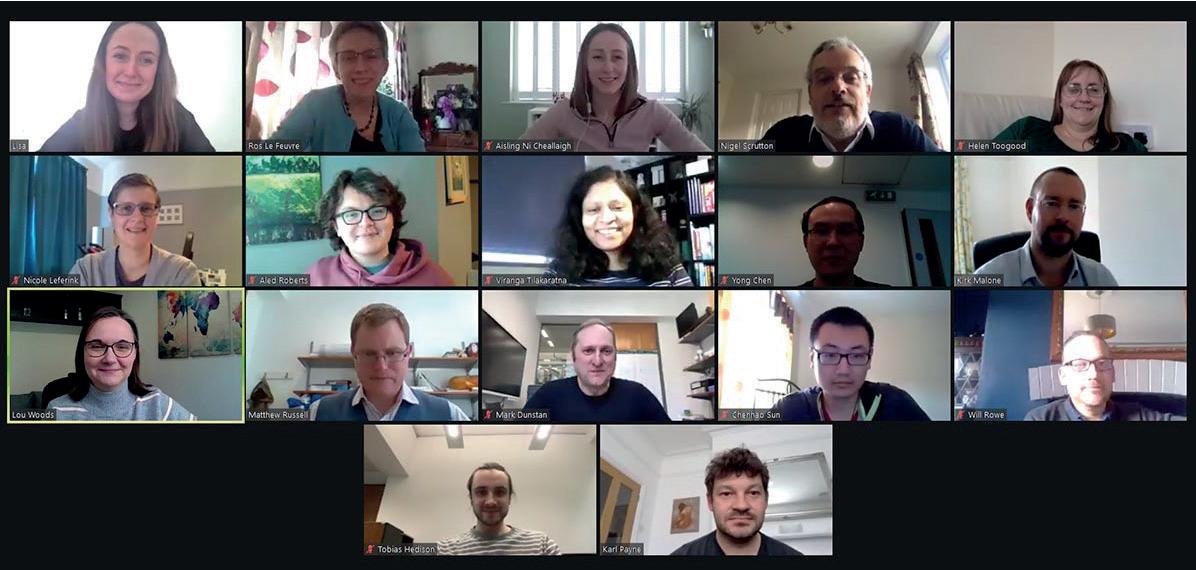
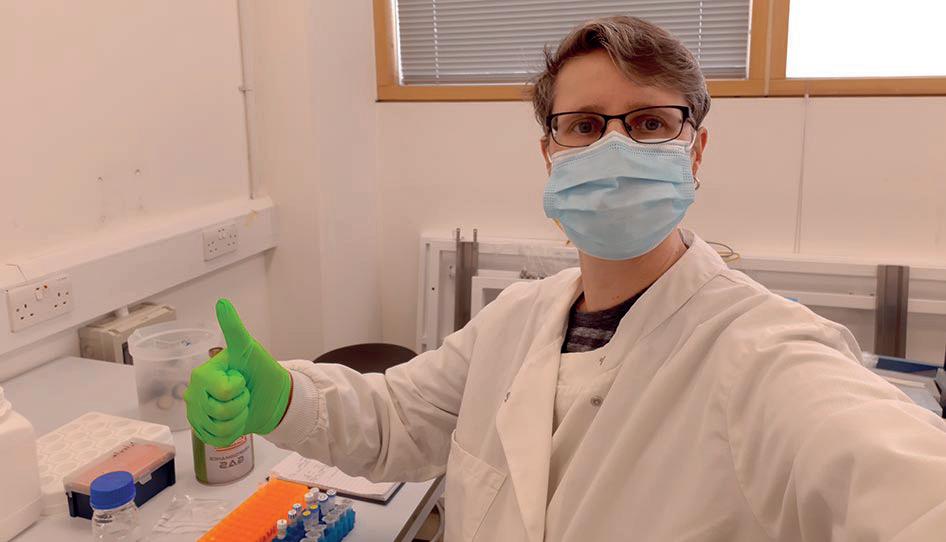
Breakthrough Friday, closing off a successful week in the lab - Nicole

